Ruzsa György
Megjegyzések néhány Barlangkolostori Istenszülő-ikonhoz
Tartalom
1. A Barlagkolostori-Szvenszki Istenszülő ikonja a moszkvai Tretyjakov Képtárban. 1288 (?). 2. Egy budapesti magángyűjtemény 17. század végi Barlangkolostori Istenszülő ikonja. 3. Barlanglakó Szent Antal és Barlanglakó Szent Teodóz ábrázolásai fémikonokon a Pannonhalmi Főapátság letéti gyűjteményében.
ABSTRACT
The God-bearer of the Monastery of the Caves or, more precisely, The Icon of the Theotokos of the Monastery of the Caves (Russian Печерская Богоматерь, Печерская Богородица, Печерская икона Божией Матери) is representative of an iconographic type of Kiev origin. The Icon of the God-bearer of the Monastery of the Caves and Svensk (Богоматерь Печерская-Свенская) (1288?) comes from the monastery of Svensk near Bryansk. At present, this icon is exhibited in the Tretyakov Gallery in Moscow. A special feature of the iconographic type represented by the Theotokos of the Monastery of the Caves is that it depicts her sitting on a throne with the Infant Jesus. On her right stands Saint Theodosius of the Caves († 1074), abbot of the monastery, with Saint Anthony († 1073), founder of the monastery, on her left.A special and rarely occurring feature of the presented icon (Theotokos of the Monastery of the Caves. End of the 17th century. Icon cover: Russian masters, end of the 17th - end of the 18th century. Wood, copper alloy, silver-plated copper alloy, silver (without marking, 87-88%). 31 x 27 cm. Inv. no. RU 56. Private collection. BIBLIOG.: Ruzsa Gy.: Az ikonfestészet lexikona [An Encyclopedia of Icon Painting]. Budapest, Corvina, 2014. p. 221.) is its cover with its exquisite and refined craftsmanship all of a very high quality as well as the application of surfaces that resemble reticulated filigree work with finely chased elements joined onto them. The silver overlays, called nimbuses, on the brass cover are another peculiarity. The nimbus surrounding the Theotokos is complemented with a decorative silver crown. All these characteristics highlight the miraculous values of the saints and the God-bearer by contrasting them to the brass foundation and symbolizing their unearthly existence. (These silver parts are not hallmarked since many of the early silver objects were not hall-marked at all, neither were the small-size overlays.) The brass contains about two thirds of copper and a third of zinc, the usual composition.

